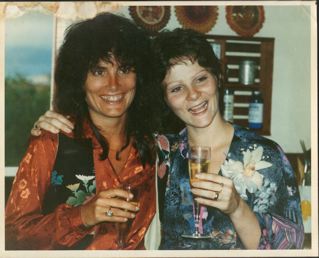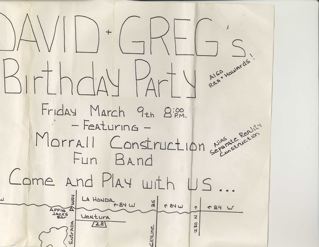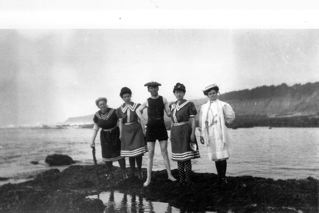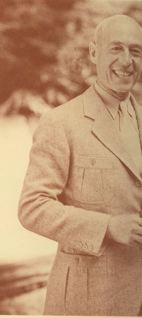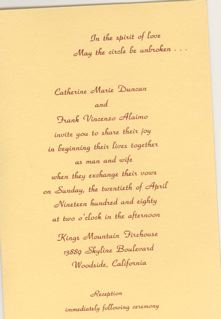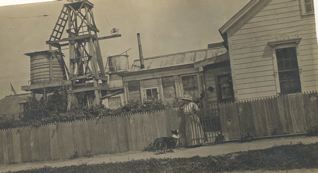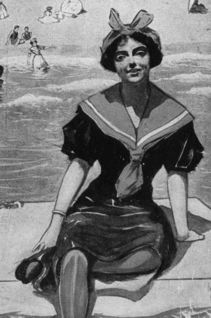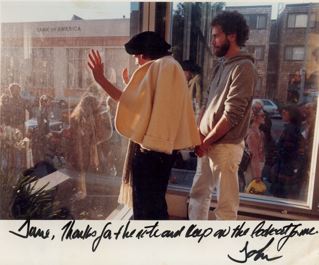During the first phase of Charles Kendrick’s assignment, he purchased land around Half Moon Bay for the proposed new city of “Balboa”–originally slated to be a principle townsite on the new Ocean Shore Railroad line.
(Balboa apparently incorporated today’s Miramar and El Granada. From what I know the name “Balboa” was used for a short period, referring mainly to Miramar. For example, at one time there were towels & other memorabilia marked “Balboa” at the roadhouse now known as the Miramar Beach Inn).
Kendrick’s good friend Daniel “Clark” Burnham (the noted city planner from Chicago who had been commissioned to develop a beautiful street design for post-1906 earthquake San Francisco that never materialized) was hired to design the new city of Balboa.
A 1912 full-page newspaper ad reveals that Kendrick and his partner Oliver C. Stine were selling land in “Granada, gem of all beach suburbs.”
But it’s not clear if Kendrick was promoting Coastside sales for the railroad or for himself. Stine and Kendrick operated out of their “sumptuously furnished” San Francisco headquarters at 23 Montgomery Street. They specialized in country land but kept an active hand in city real estate as well.
Kendrick’s entrance into the Coastside real estate market seemed to be a case of good timing. In 1912 the Ocean Shore Railroad was running four trains each way daily from San Francisco to Half Moon Bay. On Sundays six trains made round trips. Traffic manager I.N. Randall announced that excursion travel attracted as many as 2,000-3,000 visitors on Sundays alone. Many were picnickers who brought their families to the new beaches called Venice, Napels, Princeton, Granada and Marine View.
…To Be Continued….


